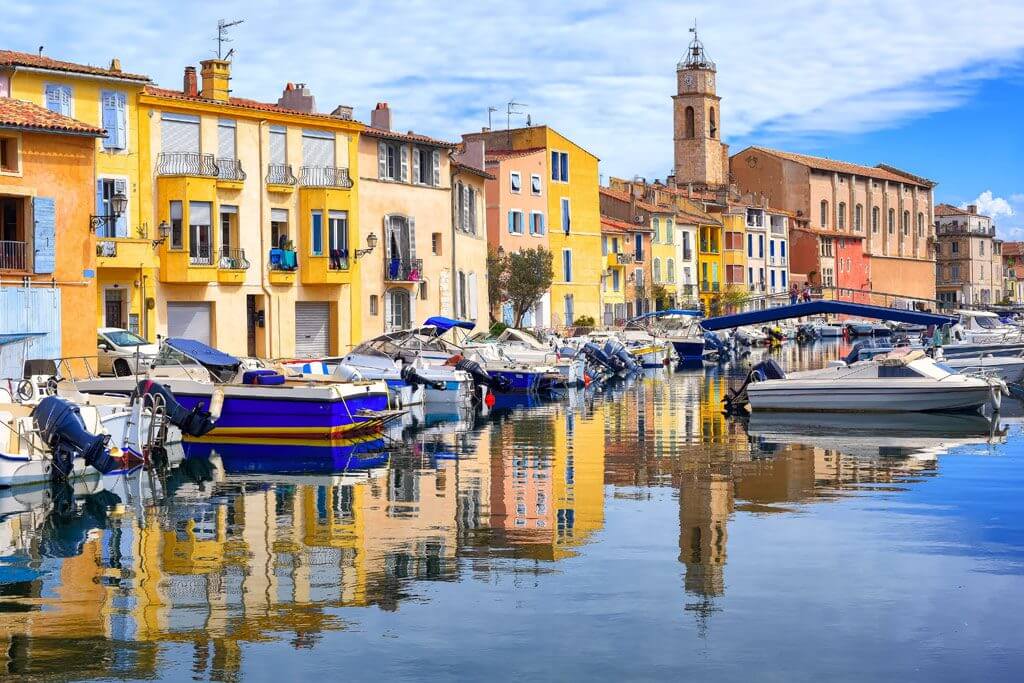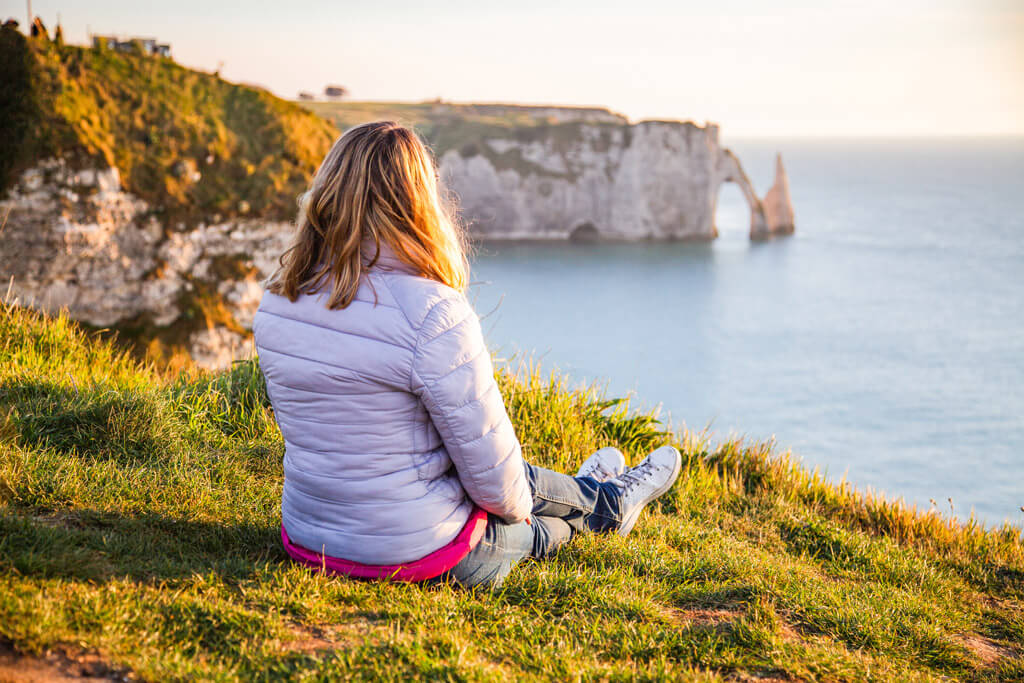Article written by Elisa
This article may contain compensated links. Please read disclaimer for more info.
In Northern France, Île-de-France is the cultural and political heart of France. It offers a unique backdrop for any trip to Paris, with countless historical monuments, magnificent châteaux, picturesque villages, and beautiful countryside.
The region around the French capital, the most populated region in France, is divided into 8 departments: Paris, Essonne, Hauts-de-Seine, Seine-Saint-Denis, Seine-et-Marne, Val-de-Marne, Val-d’Oise, and Yvelines. Its inhabitants are called francilians.
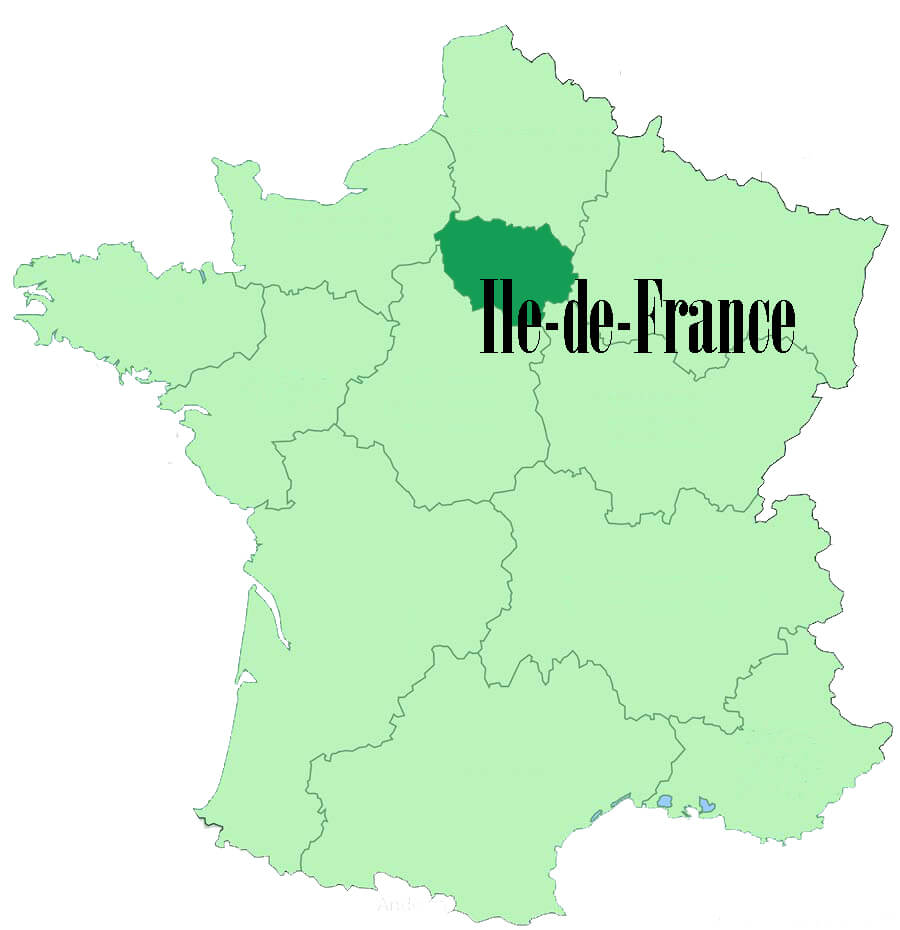
Immerse yourself in history in Paris and in other incredible museums nearby, such as the Archaeological Museum of Saint Germain-en-Laye or the Great War Museum in Meaux.
Ile-de-France is also and above all a vast countryside, with the Fontainebleau Forest, the Vexin Natural Park, the Haute-Vallée de Chevreuse, and the bucolic banks of the Marne River and the Oise.
Île-de-France is diverse, and that’s good! Below is a list of the best places to visit in Ile-de-France to get a glimpse of its history, culture, and natural wonders.
What is Ile-de-France known for? Ile-de-France is known for Paris and its lovely small towns, great museums, historical sites, and fairytale castles.
Ile-de-France Travel
- Book your flight tickets to Paris. Book your train tickets to Paris.
Looking to travel around Ile-de-France independently? Click here for the best rental car rates.
Top Ile-de-France Experiences and Tours
- Fontainebleau and Vaux-le-Vicomte Tour from Paris
- Best of the Louvre Tour with an Expert Guide
- Paris Walking Tour with a Local Guide
- Van Gogh Walking Tour to Auvers-sur-Oise
Don’t leave for Ile-de-France without your travel insurance!
SafetyWing Essential plan works well for long and short trips (from 5 days up). Can also cover electronics theft through their add-on.
Related posts
Things to Do in Ile-de-France
Let’s have a look at the best places to visit in Île-de-France, beyond Paris! This list of things to do in Île-de-France includes Île-de-France tourist attractions, lovely towns, natural wonders, and historical monuments.
I’m writing this in collaboration with my other travel blog, World in Paris, which is entirely dedicated to Paris and its region. Look nowhere else if you are planning a trip to Paris! (As a result, some links in this message will take you to the World in Paris website.)
1. Paris, the Capital
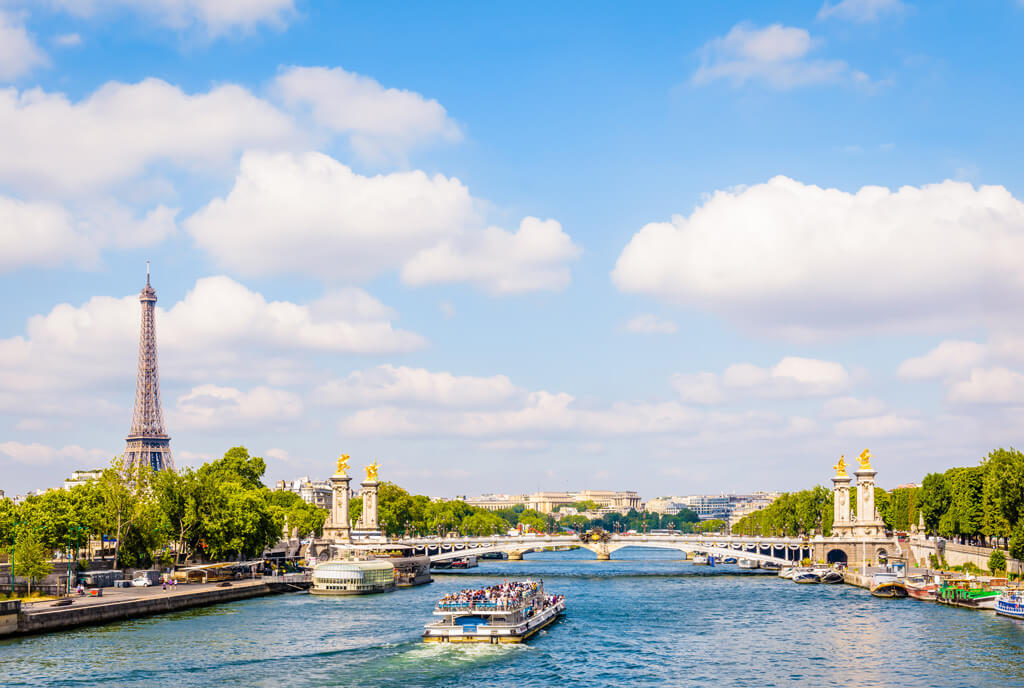
For many travelers, Paris will be France’s front door and the first contact with the country. And there’s so much to see and do in Paris that some people don’t want to go further!
First of all, Paris is history and art. It is Lutetia, the Gallo-Roman city, but also the medieval city of the French Kings, Napoleon III’s New Athens, or the Baron Haussmann’s modern city.
Paris is also a moveable feast! From the roaring twenties to our days, it is difficult to get bored in a city with such a wide program of festivals, exhibitions, and shows all year round.
Take the time to discover Paris as it is today – bourgeois to the west and popular to the east – and explore also its main sights. The Ile de la Cité, the Louvre, the Eiffel Tower, the Invalides, the Tuileries Gardens, the Arc de Triomphe, the Sacré-Coeur on the Butte Montmartre … but also the lesser-known districts of Paris – Click here to plan your first trip to Paris
2. Versailles Palace and Gardens
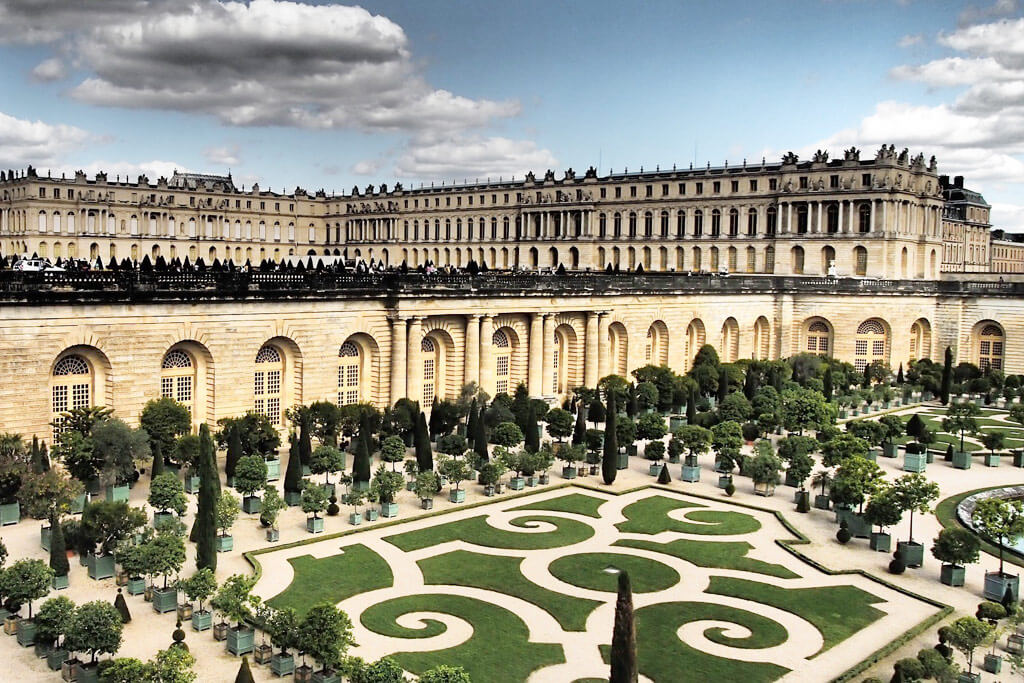
Versailles is one of the world’s most famous palaces and a jewel of French Baroque architecture. Its beauty and its proximity to the French capital make Versailles the most popular day trip from Paris.
King Louis XIV and his successors turned a modest hunting lodge into a seat of their power. With the Gardens, the Palaces of Trianon, and the Queen’s Hamlet, the Versailles Estate spreads over 800 hectares!
Don’t miss the Gardens of Versailles. Designed by the landscape designer André Le Notre, they feature 200.000 trees, beautiful classic sculptures, and water features of all kinds. After the visit to the Château, the area around the Grand Canal is perfect for a picnic on the grass.
The Versailles Estate is an enormous site, and there’s a lot to know about a day trip before you go. As a Paris local who visits Versailles regularly, I would recommend a bit of planning. Check out this Versailles Quick Guide to get the most out of your day out in Versailles.
3. Other Castles Near Paris
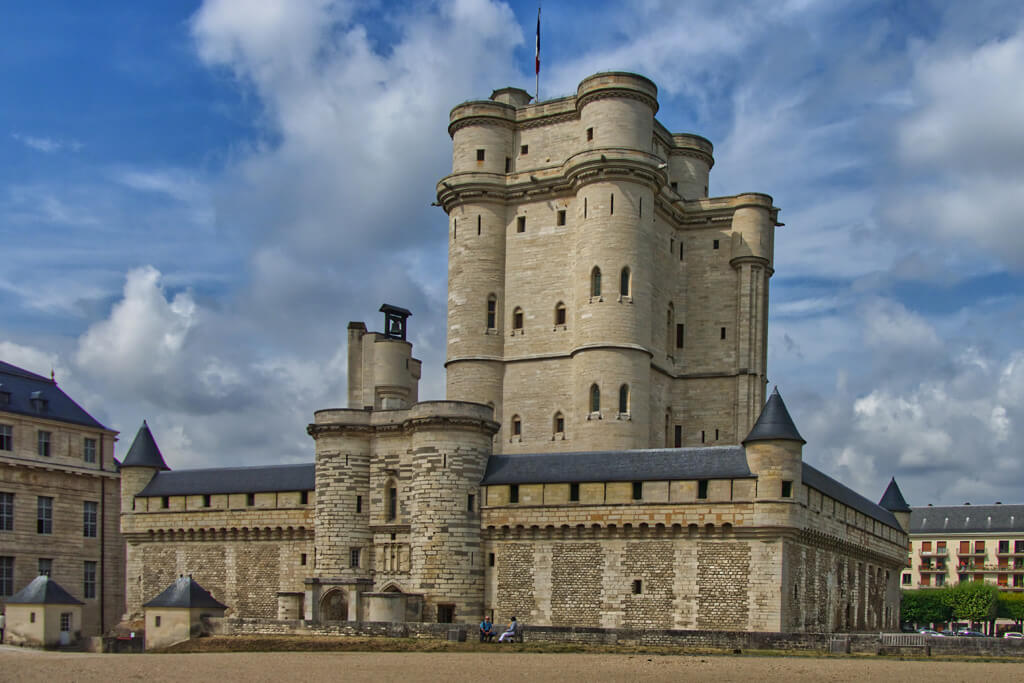
Visitors to the French capital don’t need to go far to find a bit of royalness, since there are several castles near Paris that make great day trips.
So if you are looking for alternatives to popular (but crowded) Versailles, I’ve got you covered! From medieval ruins to royal palaces or hunting castles for the French Kings and the nobility, these castles near Paris come in a variety of styles and repair.
Some of these castles are also considered the best châteaux in France for their architecture or decor, while other castles are less impressive but have an incredible history behind them. The one thing they have in common is that they’re all awesome places to visit in Ile-de-France.
4. Disneyland Paris
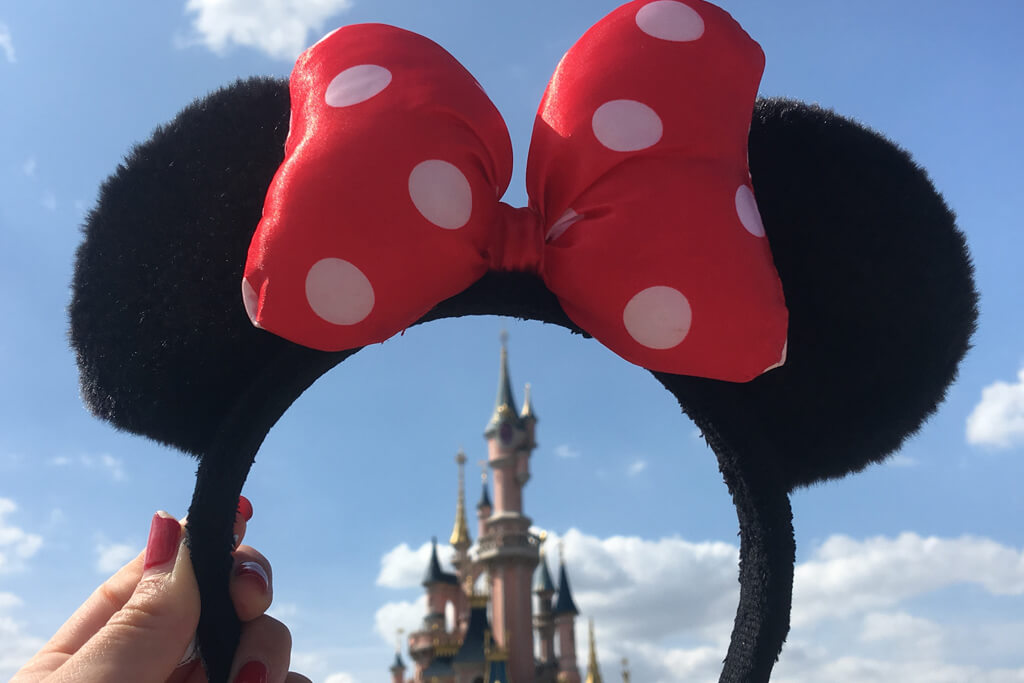
Disneyland Paris is a magical world, rich in fantasy and full of adventure, where many (me included) would love to get lost right now.
Disneyland Paris is home to two theme parks – Disneyland Park and Walt Disney Studios Park – as well as multiple hotels, entertainment offerings, and restaurants. The theme parks contain more than 50 great attractions for all ages.
Disneyland Paris’ entertainment options are delightful, even if you don’t speak the language. Disneyland Park’s evening fireworks show is just extraordinary.
The good news is that Disneyland Paris is located less than 40 kilometers from the French capital, so it is possible to visit on a day trip from Paris. If you have the time, however, spend a night in one of the wonderful Disney hotels, located within walking distance to the parks, for a full Disney experience.
5. Provins, Medieval Town
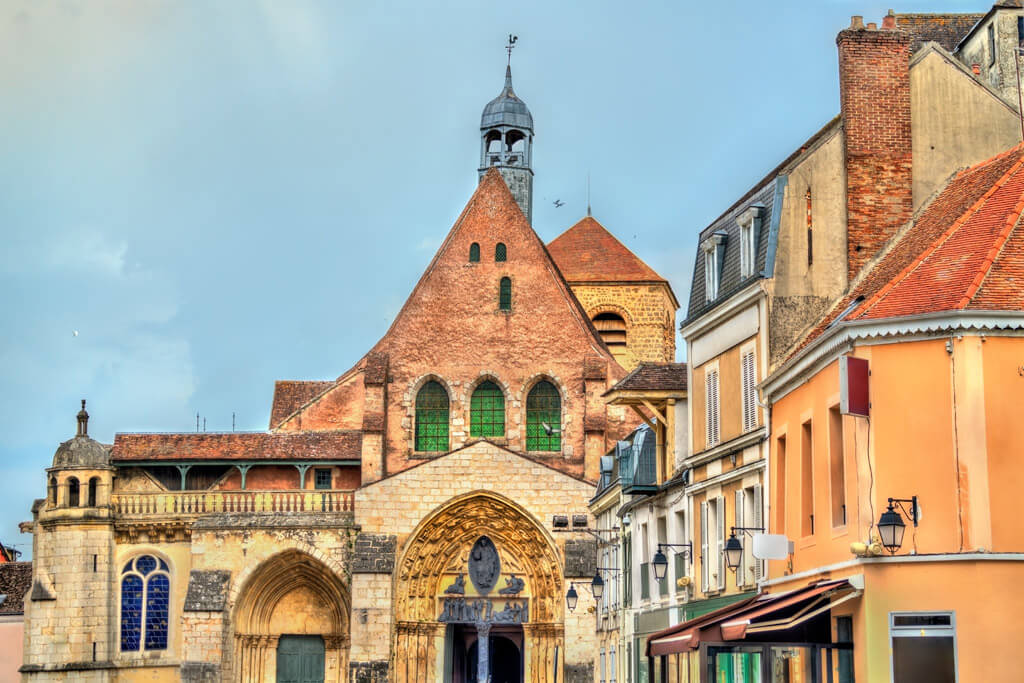
Provins is one of the most beautiful medieval towns near Paris, well known for its half-timbered houses, well-preserved city walls, and other interesting medieval buildings.
Provins was the capital of the powerful Counts of Champagne. Thanks to its strategic location and the counts’ protection, the town became one of the most important international trade fairs in Europe during the 11th and 13th centuries. Still today, Provins hosts the best medieval fair in Europe (Les Médiévales de Provins), a fair where all the inhabitants participate with their medieval costumes, and I recommend visiting it if you are around in June.
Finally, don’t miss Provins’ underground city (Les Souterrains de Provins), a vast network of underground tunnels and passages from the 13th century that connected the houses of medieval Provins.
6. Forest of Fontainebleau
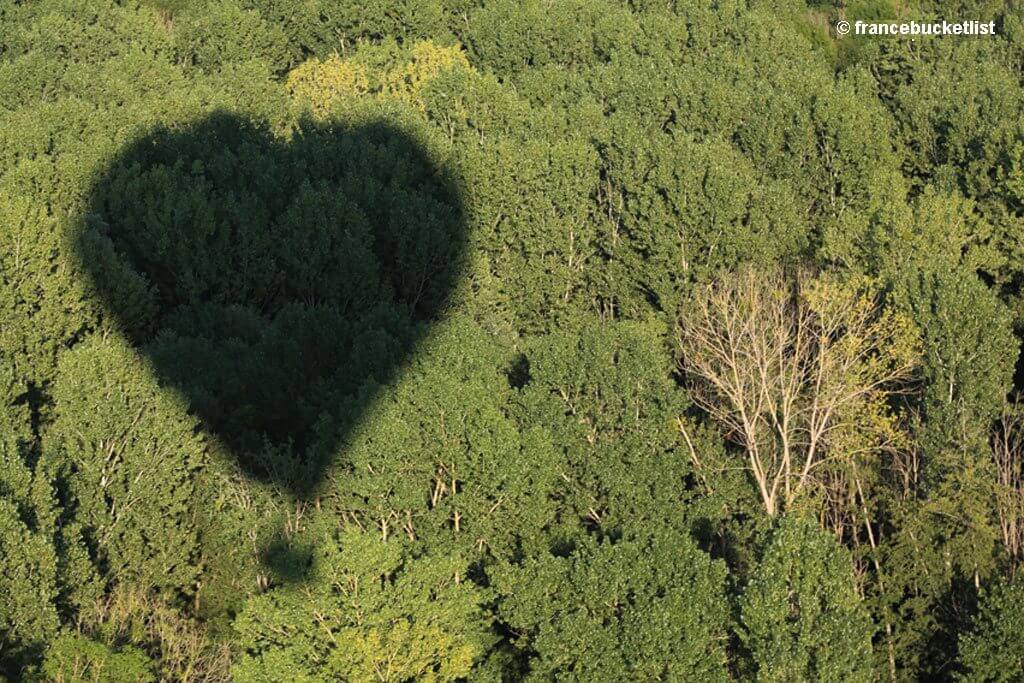
The Forest of Fontainebleau is one of the most beautiful natural places in Ile-de-France, covering a surface equivalent to 2.5 times Paris. Fontainebleau was in the past the French kings’ favorite spot for hunting, and they used to spend long periods in the Château de Fontainebleau, especially during the hunting season.
Today, the forest of Fontainebleau is one of the top spots in France for bouldering and a hikers’ paradise, with more than 500 km of marked trails.
A more relaxing way to explore this wonderful forest (and the Château) is on a hot air balloon tour. Fontainebleau looks even more impressive from the sky! Click here to see some beautiful shots of Fontainebleau from above.
7. Other Small Towns Near Paris
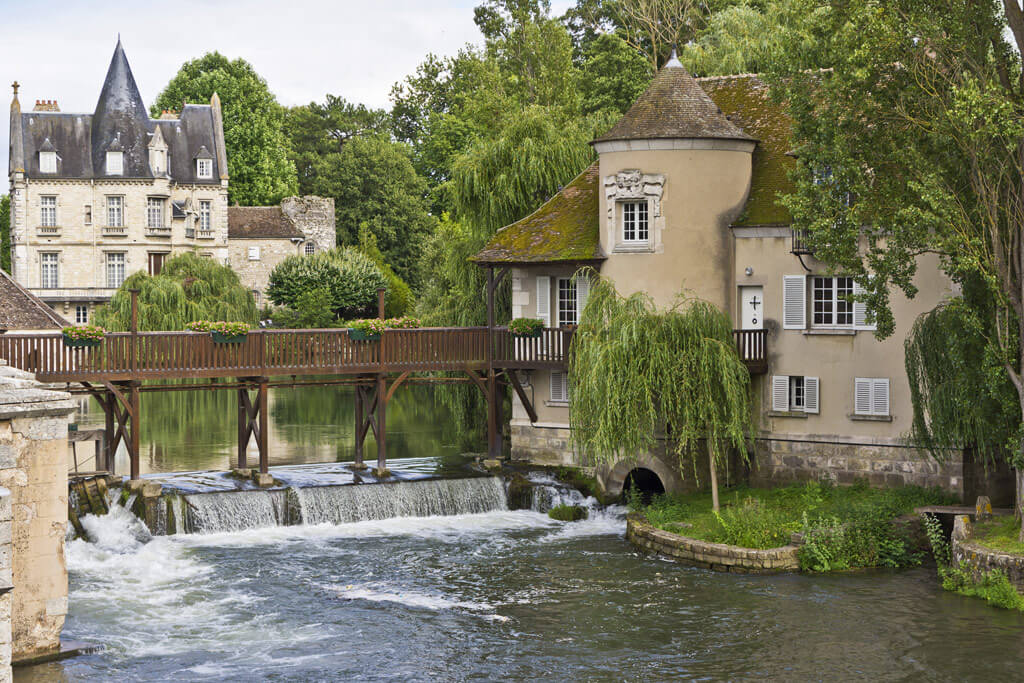
There are many picturesque towns near Paris worth visiting, perfect for getting out in the fresh air and seeing a different side of France. Most of these towns around Paris make excellent day trips from Paris by train.
Some of these towns, like Auvers-sur-Oise or Bougival, inspired the Impressionists and other great painters for their most famous artworks, while other towns are just so pretty that they don’t need any other excuse to visit.
Where to go to explore a bit of the countryside around the French capital? Check out this list of the prettiest small towns near Paris.
8. Basilica of Saint-Denis
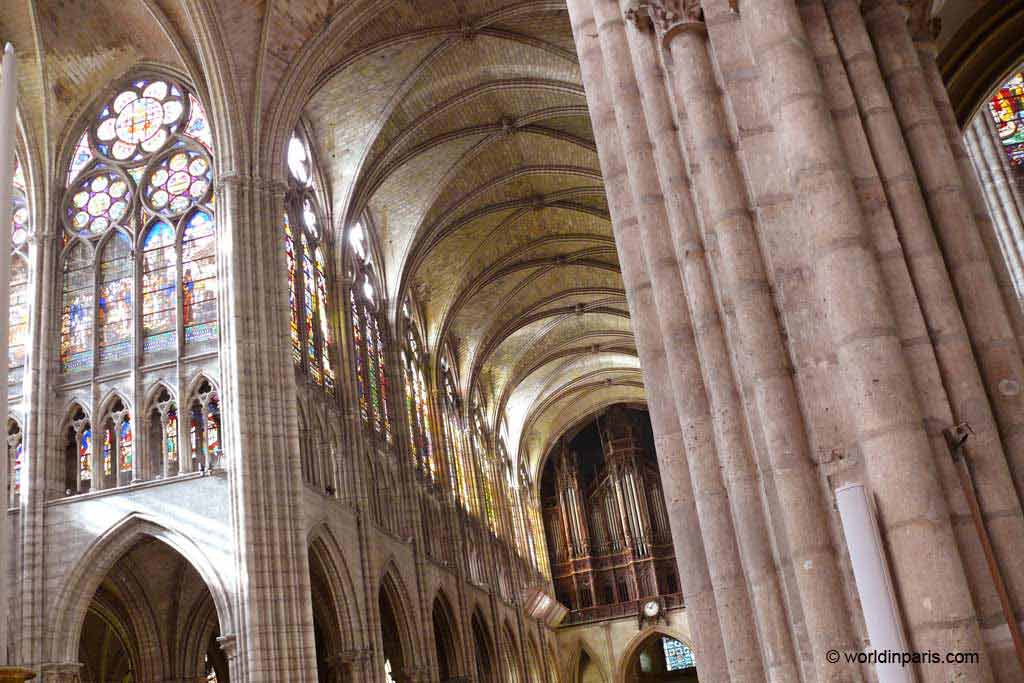
The Basilica of Saint-Denis is one of the most important religious buildings in Ile-de-France, a place you should visit at least once in your life.
The Basilica of Saint-Denis was built at the exact spot where Saint-Denis, the saint patron of Paris and France, was buried. Since the 7th century, the Basilica of Saint-Denis has been the burial place of most of the Kings of France, who chose to rest eternally near the remains of the saint.
It is also the first Gothic cathedral. During the 12th century, under the rule of Abbot Suger, the building underwent extensive reconstruction using new techniques such as the pointed arch and pointed ribbed vault, and the play of light through stained glass windows.
The Basilica of Saint-Denis is located in the Parisian suburbs, and it can be reached by metro on a half-day trip from Paris.
9. Wonderful Nature at Vallée-aux-Loups
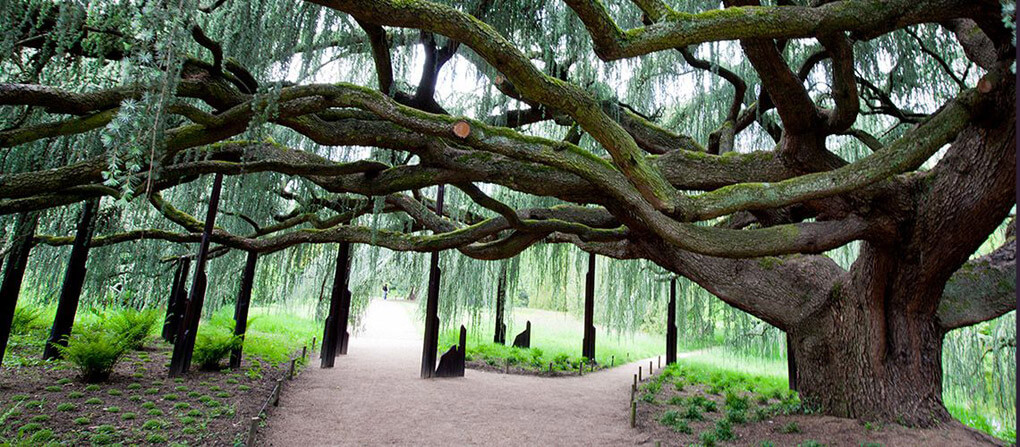
The Vallée-aux-Loups is a beautiful natural area located in Châtenay-Malabry, in Hauts-de-Seine, and it is an easy day trip from Paris by train (RER B).
The Valley’s Arboretum includes a unique collection of hundreds of different trees and shrubs, and it is listed in the national inventory of artistic, historic, scientific, legendary, and picturesque sites.
Amongst all the beautiful trees, the weeping blue cedar is the most exceptional. This blue cedar boasts 680 m² of antlers, and it is classified as a remarkable tree at the national level.
When visiting the Vallée-aux-Loups, don’t miss the Domaine of Chateaubriand, with the writer’s beautiful house and surrounding park. Chateaubriand lived in this house with his wife until 1818, and it was the place where he wrote some of his major works.
If Combourg is where Chateaubriand claims to have become what he is, the Vallée-aux-Loups is another emblematic place connected to the memory of the writer. Actually, it was Chateaubriand who named this valley Vallée-aux-Loups (Valley of Wolves).
10. Parc de Sceaux’s Cherry Blossoms
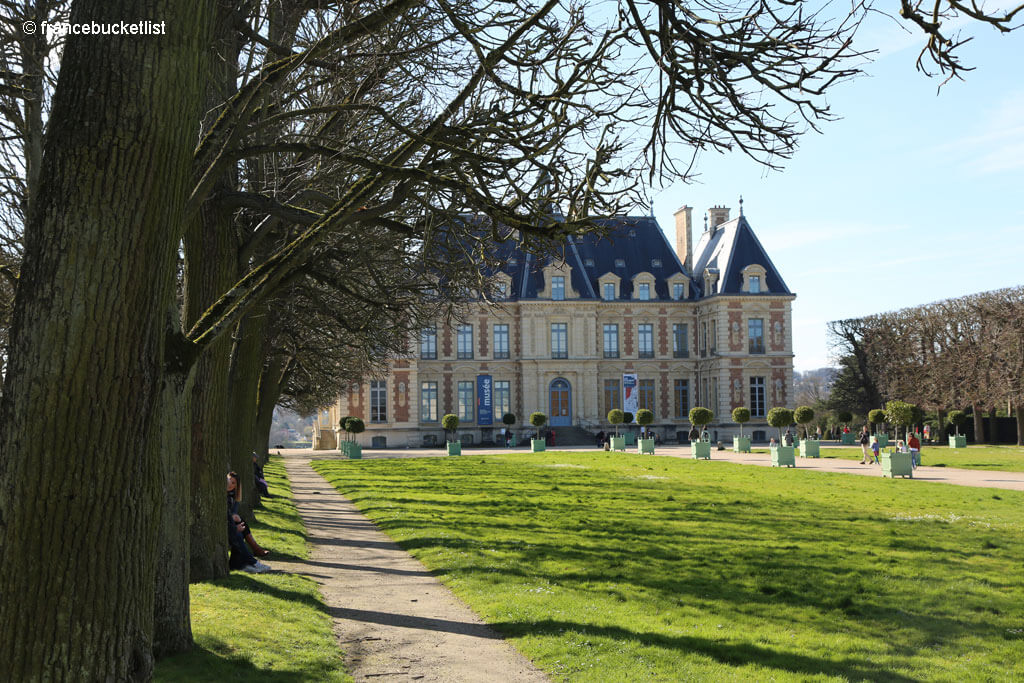
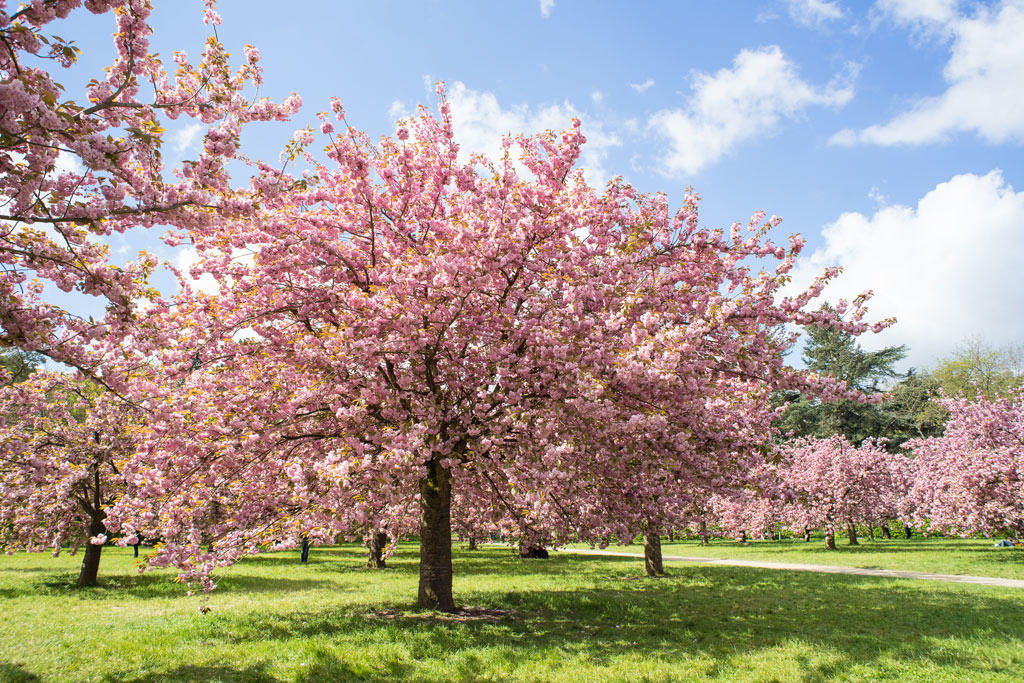
The Domaine Départemental de Sceaux is a classic French-style garden built in the 17th century for Colbert, Minister of Finance under the rule of King Louis XIV. The Sceaux Estate is located 5km southwest of Paris, between the communes of Sceaux and Antony.
The magnificent garden designed by the famous landscape designer André le Notre is today a big urban park, a space for beautiful walks, picnics on the grass, games, and celebrations. Just like Versailles, it boasts a canal more than 1km long, but also an octagonal pond and other water features.
Parc de Sceaux is famous for its cherry trees, the most beautiful cherry blossoms in all of Ile-de-France. But this is a park worth visiting all year round, to see how it changes with the seasons.
Apart from the natural spaces, you may want to visit the 19th-century Château-Museum, which features a collection of paintings, furniture, and other objects illustrating the history of the château and its owners. Around the Château, visitors can also see the stables, an Orangerie, and a couple of temples.
11. Villa Savoye, the Icon of Modern Architecture
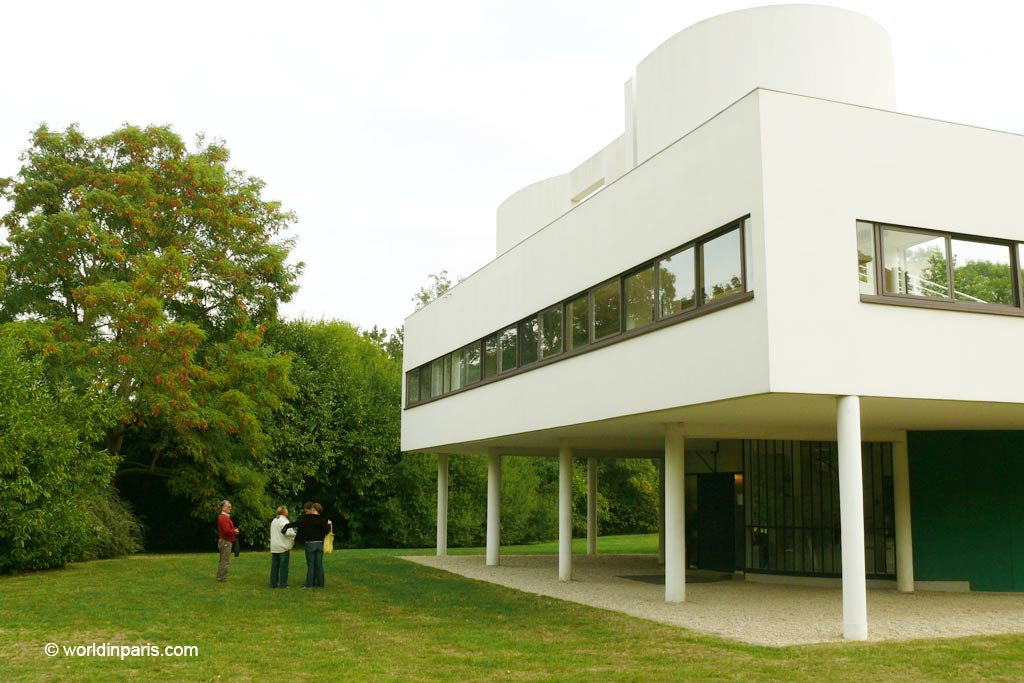
Designed by the famous architect Le Corbusier, Villa Savoye represents the starting point of Modern Architecture.
Villa Savoye is the house where the architect first implemented his concept of “New Architecture,” where “form should follow function.” In this house, Le Corbusier introduced for the first time new elements such as the free, open plan, the use of pilotis (stilts), and horizontal windows.
Villa Savoye is located in the town of Poissy, 24 km west of Paris. Its easy access from the French capital (by RER train) makes Villa Savoye a great half-day trip for architecture lovers.
Food & Wine in Ile-de-France
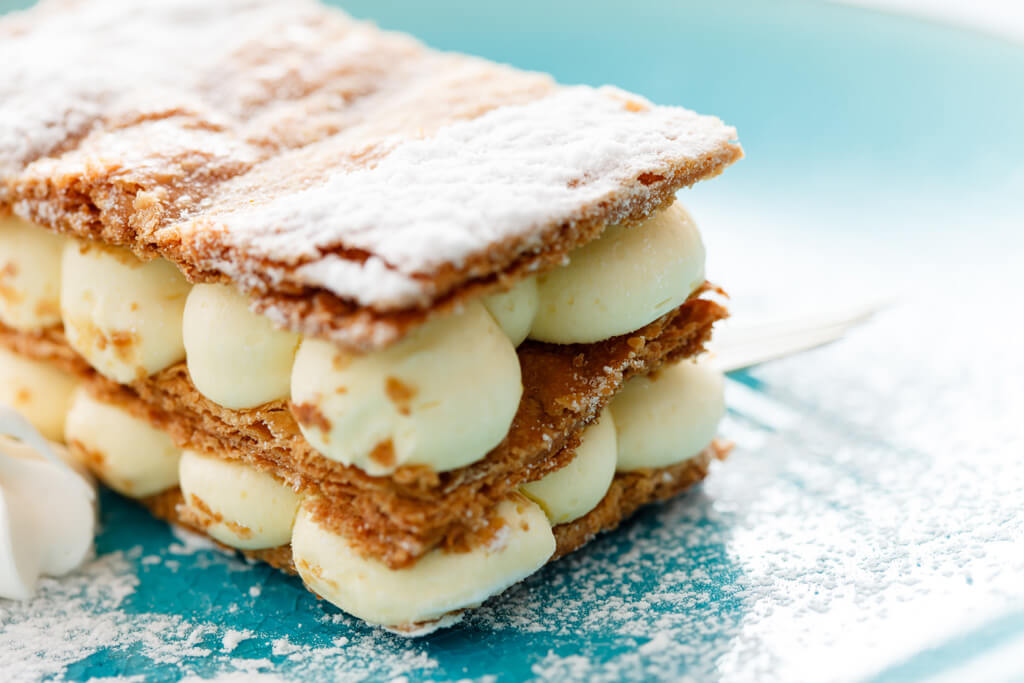
Paris boasts nearly 70 Michelin-starred restaurants, but it is also a pleasure to have some of the French classics in typical (and more modest) Parisian brasseries or bistros.
The Ile-de-France region produces a vast number of gourmet products: Houdan poultry, lamb from Ile-de-France, as well as Parisian mushrooms and cress from Méréville.
The local cheeses are Brie from Meaux, Melun, or Coulommiers. Finally, you may want to try some yummy desserts, such as the Paris-Brest, chouquettes, or Saint-Honoré. The cherries from Montmorency are also a must of Ile-de-France.
Most people don’t associate Île-de-France with wine, but there’s actually a surprising and growing wine scene, with both historical roots and new energy.
In the Middle Ages, Île-de-France had thousands of hectares of vineyards. Paris even had its own appellation. But with urban expansion, phylloxera, and the rise of other wine regions, most of it disappeared.
In recent years, though, there’s been a revival of viticulture in and around Paris, led by independent growers, municipalities, and even urban wineries. The Montmartre vineyards are the most famous, and although normally it is closed to the public, you have a great view from the wire fence.
Some vineyards near Meaux (Seine-et-Marne) are also allowed to produce champagne. On weekends, after the harvest, locals love to wander around and fill up their stocks at the small wine and champagne producers.
I hope that you enjoyed this list of the best things to do in Île-de-France. You will find more places to visit in Île-de-France in the Île-de-France region category. If you want to learn about other regions in France, head to this article on the French Regions, where I have summarized each region’s highlights.

